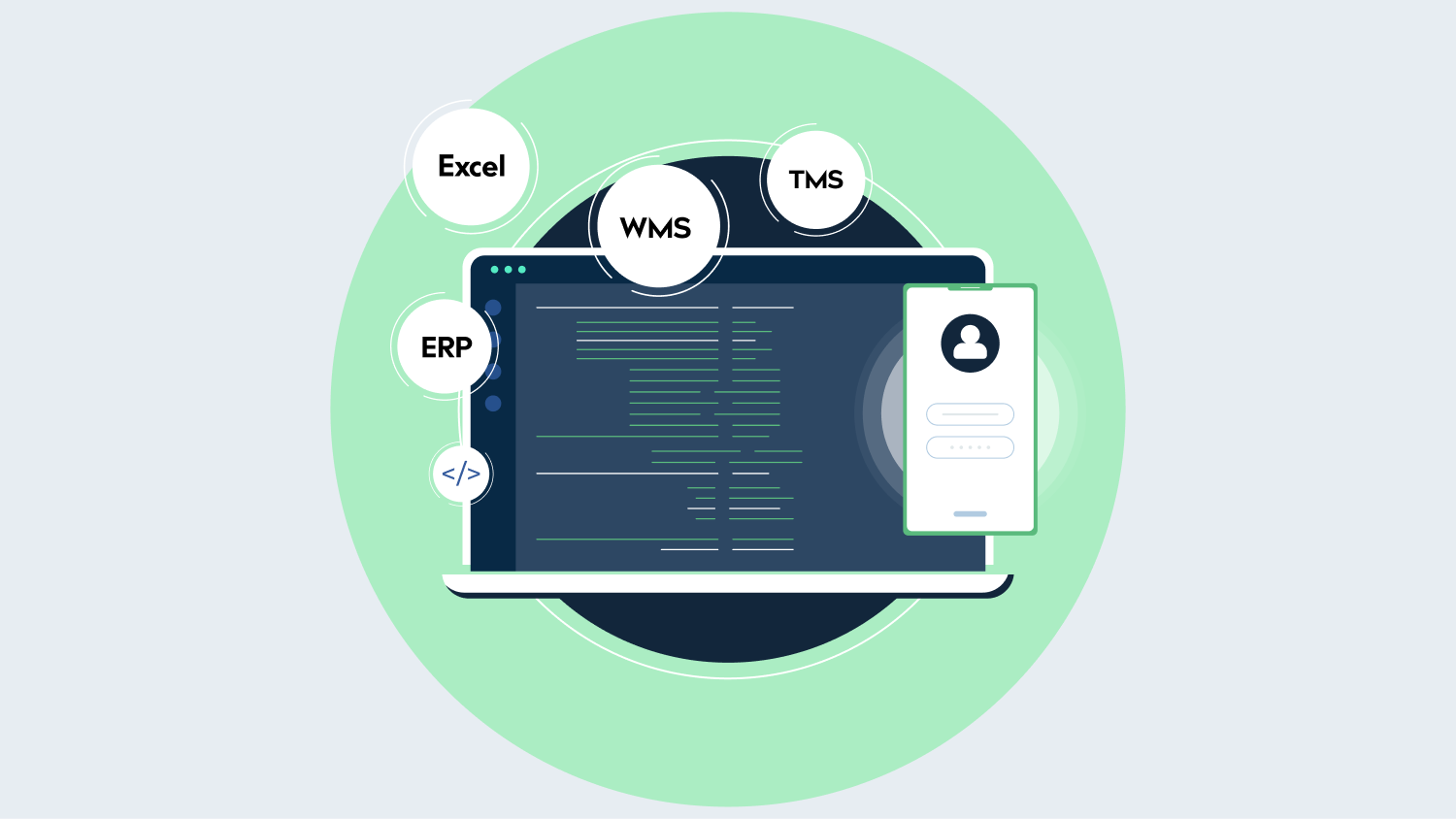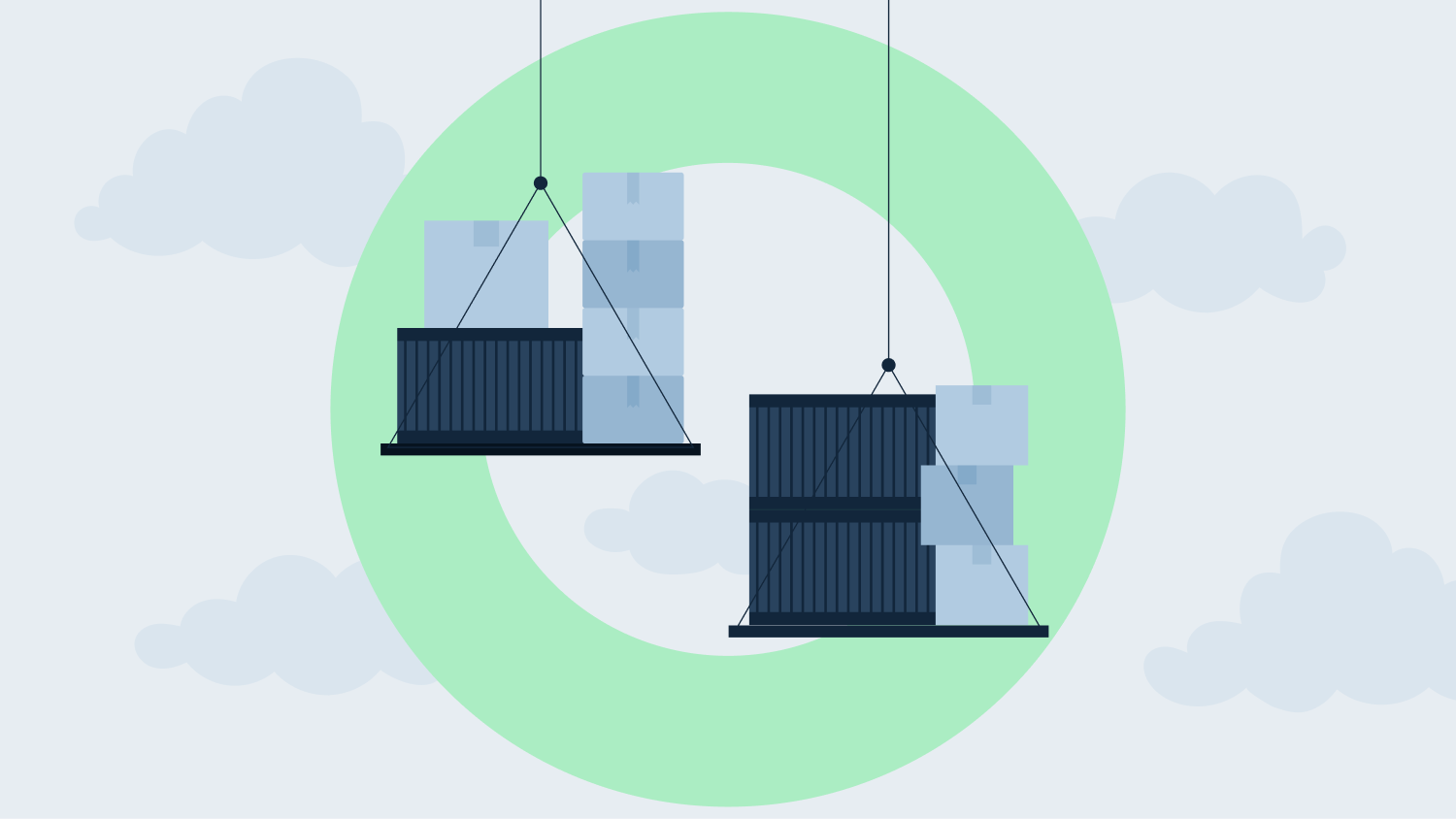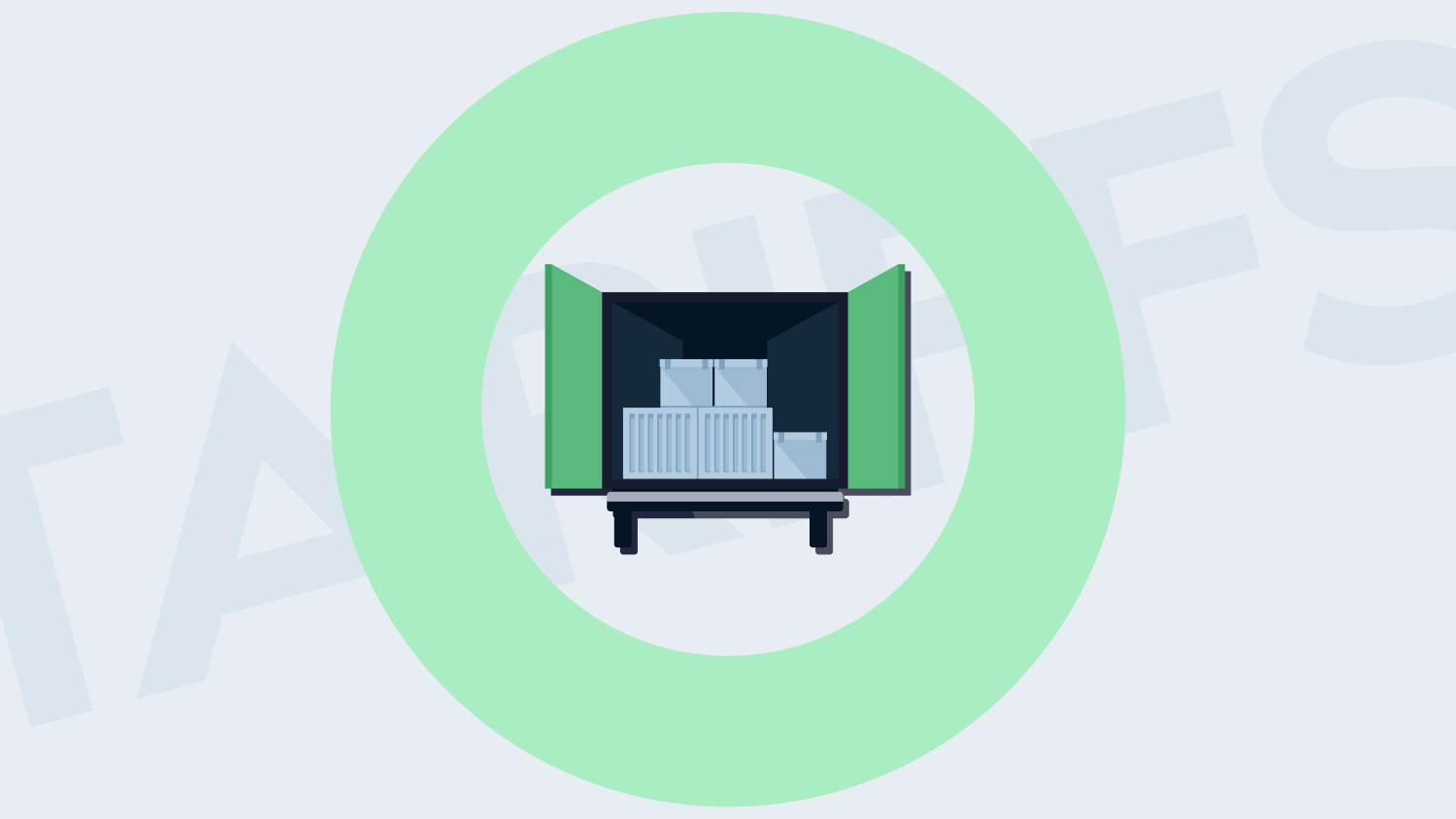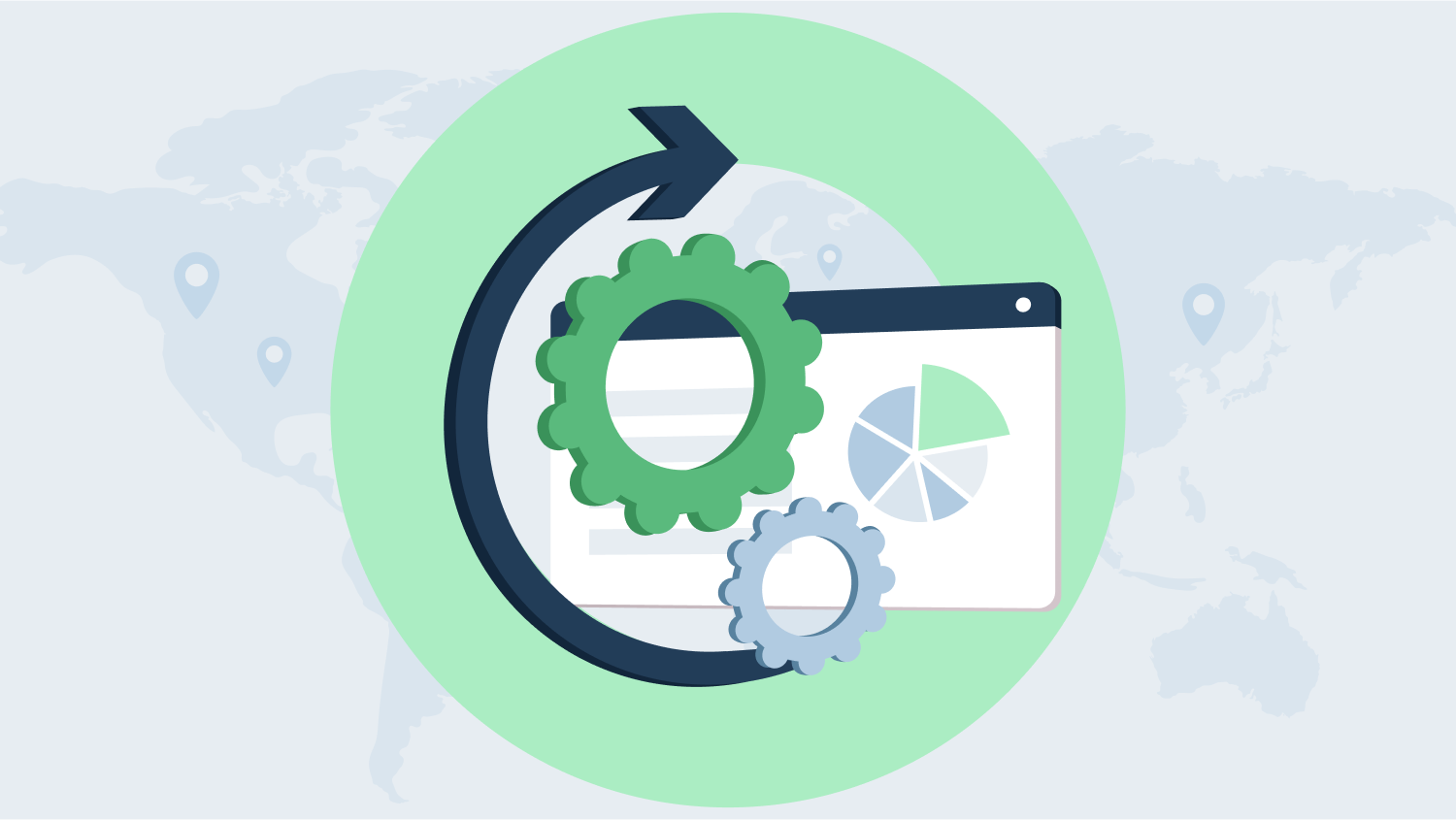Supply chain logistics companies are key players in the global trade system, but they also play a significant role in contributing to carbon emissions, which lead to climate change. As awareness and concern for the environment increase, these companies are taking more responsibility for their impact. In 2022, emissions from global transportation activities released nearly 8 billion metric tons of carbon dioxide (CO2) into the atmosphere. For example, they might use vehicles that pollute less, or they could make their operations more efficient by using less energy. Additionally, these companies are setting specific goals to become more environmentally friendly. Part of these goals involves carbon offsetting. This means they invest in projects that reduce carbon dioxide elsewhere, like planting trees or supporting renewable energy projects, to make up for the pollution they can’t avoid creating. This guide is here to help you choose the appropriate carbon credits offsetting project wisely. Let’s dive in.
What is Carbon offsetting?
Carbon offsetting lets people or organizations cancel out their greenhouse gas emissions by reducing CO2 somewhere else. This involves buying carbon credits, where one credit means one less tonne of CO2 in the atmosphere. The market for carbon offsets is booming. It’s expected to jump from $2 billion in 2020 to about $250 billion by 2050. This shows how important carbon offsets could be for fighting climate change. In the logistics industry, which is known for its high emissions due to transportation activities, carbon offsetting offers a way to counterbalance the environmental effects of these operations. It serves as a method to contribute towards reducing the impact of climate change. “The best way to reach net zero is still just to reach zero: cutting emissions in the first place.” ~ John Sterman, Professor, MIT Sloan.
How Can Supply Chain Businesses Achieve Carbon Neutrality?
Logistics and supply chain companies can make a big impact on reaching global carbon neutrality through a three-step method: first, measure how much carbon they emit; second, work to lower these emissions; and third, use carbon offsets for emissions they can’t avoid. This short guide outlines these steps, offering a path for companies to create a thorough plan for reaching net-zero emissions.
Step 1: Measure
“What gets measured gets managed” rings true for carbon emissions. As a logistics company, begin by quantifying your carbon footprint across all operations. Utilize frameworks like the GHG Protocol. It categorizes emissions into
- Scope 1 (direct emissions from your operations)
- Scope 2 (indirect emissions from purchased energy)
- Scope 3 (all other indirect emissions that occur in your supply chain)
Regular annual assessments are crucial, and in many jurisdictions, this is a regulatory requirement for large corporations.
Step 2: Reduce
After identifying where your emissions come from, implement strategies to reduce them. This may involve optimizing logistics to decrease fuel consumption, shifting towards renewable energy sources, or adopting more efficient technologies in warehouses and transportation networks. Encourage your partners and suppliers to undertake similar measures, amplifying the impact throughout your supply chain.
Step 3: Contribute
For the emissions that are challenging or currently impossible to eliminate, invest in high-quality carbon offset projects. These projects should either directly absorb CO2 (such as reforestation efforts) or prevent future emissions (through, for example, renewable energy projects). Ensure these carbon credits are certified to guarantee their integrity and effectiveness. Your contribution can also extend to selecting suppliers and partners who prioritize carbon offsetting and sustainability initiatives, further integrating carbon neutrality goals into the entire supply chain.
Strategies for Reducing Carbon Emissions
The United Nations Climate Action Initiative says that if we want to avoid the worst of climate change, we need to cut global greenhouse gas emissions by about 50% by 2030. And after that, we should aim to reach net zero emissions by the middle of this century. Let’s take a look at the strategies logistics and transportation companies can use to reduce carbon emissions.
- Switching to Fuel-efficient Vehicles: Buying trucks that use less fuel, like electric or hybrid ones, and making better plans for how they are used can really cut down on pollution.
- Trying New Types of Fuel: Using different fuels, like biodiesel or renewable gas, can help lower pollution. Moving away from old fuels slowly helps make the industry cleaner and reduces its pollution mark.
- Planning Better Routes and Combining Shipments: Making smart plans for delivery paths and putting more stuff together in each trip can mean driving less, using less fuel, and polluting less.
- Choosing Different Ways to Transport: Moving goods by train or ship instead of trucks can make a big difference in cutting down emissions. Working together with companies that offer these transport methods can help find cleaner ways to move stuff over long distances and rely less on roads.
- Green Warehousing and Sending Goods: Using less energy in warehouses, like switching to energy-saving lights, arranging things better, and using clean energy, can help reduce emissions.
- Investing in Clean Energy: Putting money into clean energy, like solar panels or windmills, to power buildings and operations can decrease the use of dirty energy and cut emissions.
- Working Together with Other Companies: Companies that manage how goods get from place to place can work with their partners to be more eco-friendly. This can mean doing things together like upgrading equipment, planning better, and sharing information to watch pollution levels.
- Supporting Carbon Offset Projects: To make up for the pollution they can’t avoid, companies can support projects that help the environment, like creating clean energy, planting trees, or capturing harmful gasses.

How can Sophus Technology help you?
Supply chain businesses working to become more sustainable and lessen their environmental impact are concentrating on reducing their greenhouse gas (GHG) emissions. By utilizing tools like “GHG Emission Modeling” and “GHG Emission Optimization” by Sophus Technology, they can calculate their carbon emissions, identify the main sources, and strategize on how to lower emissions across their supply chains. Here’s how Sophus helps you:
- Simplifies the process of calculating emission reports, saving time and resources.
- Provides automatic updates using the latest data to ensure emission reports stay current.
- Predicts how changes in your supply chain affect emissions through simulations.
- Helps strike the right balance between reducing emissions and keeping costs low.
- Assists in maximizing emissions credits while minimizing operational costs.
- Identifies ways to cut emissions without breaking the bank.
Summing Up
Logistics and supply chain companies aiming to tackle climate change and achieve carbon neutrality have a structured pathway to follow, beginning with understanding and measuring their carbon footprint. The next vital step is developing a robust strategy to reduce emissions at the source. Businesses must prioritize direct actions to lessen their environmental impact. If this article has motivated you to think about your company’s carbon footprint, Sophus can help. Discover more about Sophus’s carbon management platform here.









